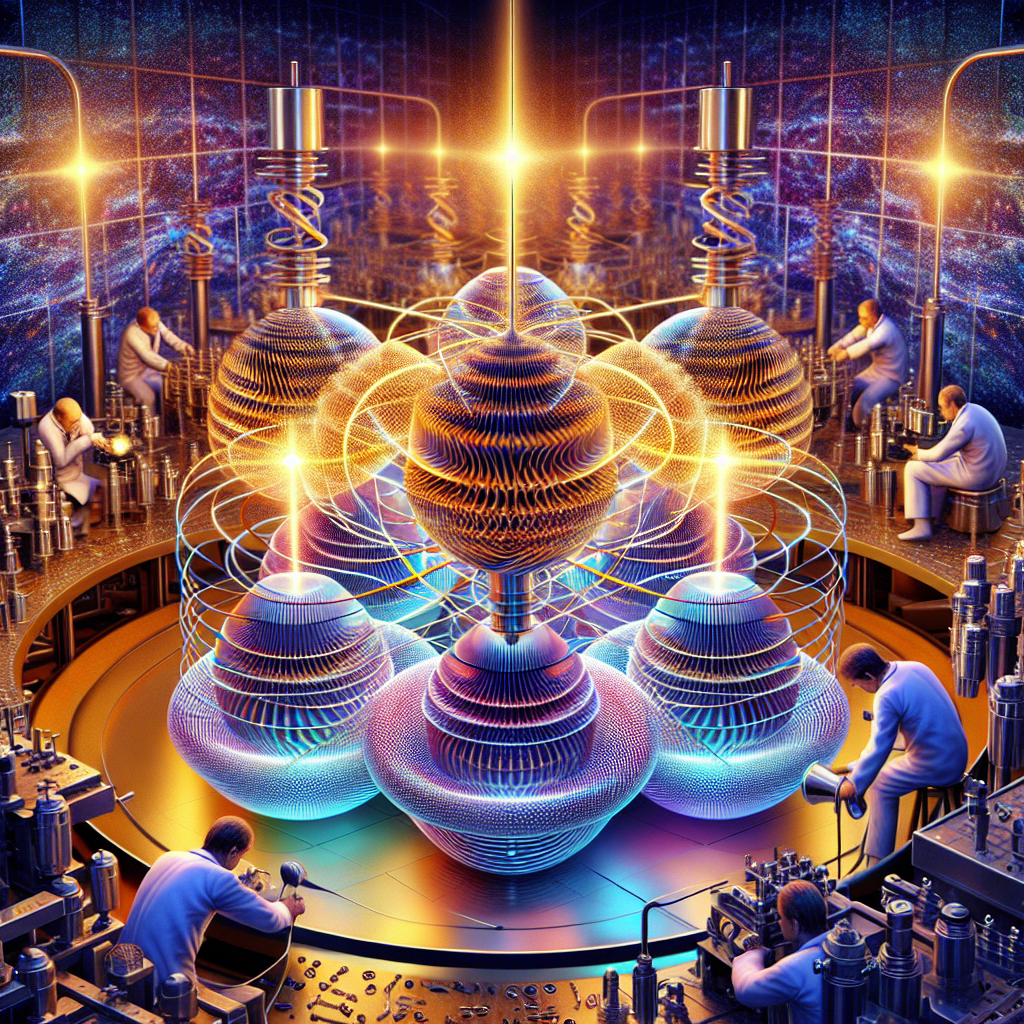Highlights:
- Researchers demonstrate that a superradiant neutrino laser cannot exist due to fundamental quantum principles.
- Emission from fermionic systems scales linearly with the number of atoms (N) rather than quadratically (N²).
- The result stems from destructive interference and the Pauli exclusion principle, which prevent collective amplification.
- Low-excitation states can still display limited collective behavior, offering insights into fermionic superradiance analogs.
TLDR:
A new theoretical study by Yu-Kun Lu, Hanzhen Lin, and Nobel laureate Wolfgang Ketterle proves that a superradiant neutrino laser is fundamentally impossible due to the fermionic nature of neutrinos. Their analysis of the ‘fermionic Dicke problem’ shows that emission cannot exceed linear scaling, closing a decades-old question in quantum optics.
A trio of physicists — Yu-Kun Lu, Hanzhen Lin, and Wolfgang Ketterle — have shown that the dream of building a superradiant neutrino laser faces a fundamental roadblock rooted in the laws of quantum mechanics. Their paper, titled *Fundamental impossibility of a superradiant neutrino laser* (arXiv:2510.21705), addresses whether a system of atoms could collectively emit neutrinos in a way analogous to photon-based superradiance. In contrast to traditional lasers that rely on bosons (photons) which can occupy the same quantum state, neutrinos are fermions governed by the Pauli exclusion principle — a rule that forbids identical fermions from sharing the same state.
The authors demonstrate that the emission intensity from such a system scales proportionally to the number of atoms, N, rather than N² as in the photonic case. This scaling law fundamentally limits any possibility of achieving coherent amplification or ‘superradiance’ with fermions. The team explains that destructive interference among fermionic transition amplitudes and Pauli blockade effects suppress the collective emission that would otherwise produce laser-like behavior. As a result, the much-discussed concept of a ‘neutrino laser’ cannot be realized, regardless of future advances in experimental techniques.
Beyond the impossibility proof, Lu, Lin, and Ketterle derived the exact solution to the ‘fermionic Dicke problem,’ a generalization of the classic Dicke model used to describe superradiance with photons. Their analysis explores decay dynamics under various excitation regimes, revealing that systems with low levels of excitation can still display minor collective effects. This theoretical insight deepens our understanding of many-body quantum systems and sets the boundaries for collective fermion behavior. While the discovery closes the door on neutrino lasers, it opens new paths for exploring engineered quantum states and collective emission in hybrid boson–fermion systems.
Source:
Source:
Lu, Y.-K.; Lin, H.; & Ketterle, W. (2025). *Fundamental impossibility of a superradiant neutrino laser.* arXiv:2510.21705 [quant-ph]. https://doi.org/10.48550/arXiv.2510.21705

